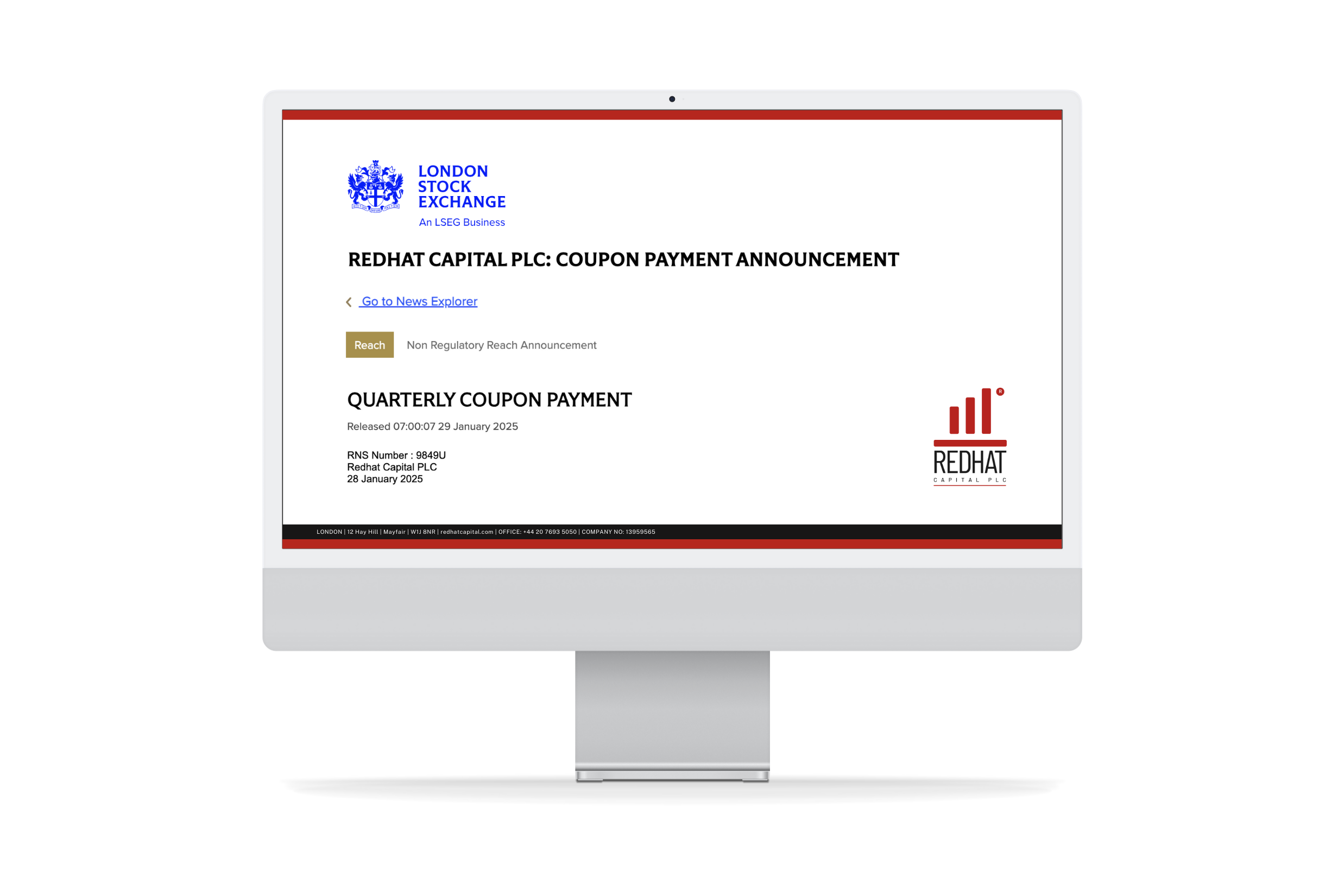DOWNER ON THE DOLLAR
The US dollar has been on a downward trend in recent months, and arguably interest rate decisions by the Federal Reserve (“the Fed”) feature among the elements contributing to this weakness. The Fed raising interest rates makes it more expensive for investors to borrow money in US dollars. This can lead to a decline in demand for the dollar, as investors look for other currencies that offer lower interest rates.

USD Index 3 month
In addition, higher interest rates can also negatively affect economic growth. This is because higher interest rates will likely make it more expensive for businesses to borrow money, potentially leading to reduced investment and hiring. A slowdown in economic growth can also weaken the dollar, as investors become more risk-averse and as a result, favour currencies that are seen as safe havens.
Of course, other aspects may also contribute to the strength or weakness of the dollar, such as for instance the performance of the US economy, the level of inflation, and the interest rates of other major currencies. Having said that, the Fed’s decisions remain the most important factor influencing the value of the US dollar.
LOOKING BACK ON PAST KEY INTEREST RATE DECISIONS
Here are some examples of how interest rate decisions have affected the US dollar in the past:
In 2004, the Fed began raising interest rates to combat inflation. The outcome was a sharp decline in the value of the dollar, as investors began to look for alternative currencies that offered lower interest rates.
In 2008, the Fed cut interest rates sharply in response to the financial crisis. This led to a rebound in the value of the dollar, as investors sought out the safety of US assets.
In 2015, the Fed increased interest rates again. However, investors began to worry that the Fed was raising rates too quickly and could damage the economy. This, in turn, affected the dollar, the value of which dropped.
Time will tell how the latest changes will play out in the ongoing fight against inflationary pressures. “We have seen inflation come down, move back up two or three times since March 2021,” Jerome Powell, chair of the Fed, commented during a press conference on Wednesday 3 May. “We’ve seen inflation have a few months of coming down and moving right back up. I think you’re going to want to see a few months of data that will persuade you that you’ve got this right.”
OIL ON A SLIDING TREND
Oil prices have been on a volatile trend in recent weeks, with prices rising and falling sharply. Various factors have contributed to this volatility, including:
The war in Ukraine: The ongoing conflict between Russia and Ukraine will most likely continue to significantly impact oil prices in the near term. Moscow is a major oil producer, and the conflict has already led to supply disruptions and higher prices.

The potential for a global recession: There is a growing risk of a worldwide economic blowdown, which could lead to reduced oil demand and lower prices.
Renewable energy: The development of renewable energy sources is likely to continue to put downward pressure on oil prices in the long term.

Brent Oil three months price chart (Source: CNBC)
Forecasters predict the overall trend to be one that will remain volatile in the near term. However, looking forward, the development of renewable energy sources is likely to affect oil prices.
BACKGROUND ON OIL MARKETS
Brent and WTI are two of the most important benchmarks for global oil prices. Brent is a blend of light sweet crude oils from the North Sea, while WTI is a light sweet crude oil from the United States.
Both Brent and WTI are traded on exchanges around the world, and their prices are closely watched by investors and traders.

Brent Oil five years price chart (Source: CNBC)
The price of Brent and WTI is influenced by various factors, such as supply and demand, geopolitical events, and economic conditions. In general, when supply is tight and demand is strong, prices tend to be higher. Conversely, when supply is plentiful and demand is weak, prices tend to be lower.
Geopolitical events can also have a significant impact on oil prices. For example, the 2003 Iraq War and the ongoing Russo- Ukrainian War have both caused a sharp increase in oil prices.
Economic conditions can also affect oil prices. For example, during a recession, demand for oil tends to decline, which can lead to lower prices. Conversely, during an economic boom, demand for oil tends to increase, which can lead to higher prices.
RECOVERY IN MAJOR INDICES
Major equity markets have offered up some respite to inflationary fears and talk of recession conditions as on both sides of the pond, major earnings reporting has delivered better than expected results.

DAX Index (Source: CNBC)

S&P 500 Index (Source CNBC)
Indices have responded in kind, as the big caps reveal numbers demonstrating greater resilience in the underlying business performance, falling energy prices, and the prospect of a resurgent China economy.
Labour market figures, particularly in the US market have remained robust – all factors providing more wind in the sails of major market indices.
SPOT PRICE FOR APRIL
(as at close)

KEY ECONOMIC CALENDAR FOR MAY/JUNE
(as at close)

SPIRIT OF THE SUMMER
The markets are in good spirits as the weather gets warmer, and Brits are too, as the summer season calls for one spirit in particular: quintessentially British as cucumber sandwiches and afternoon tea – a glorious glass of Pimm’s.

Invented by oyster-bar proprietor James Pimm in 1823 the gin-based liquor was initially marketed as a refreshing health tonic, a type of beverage popular at the time.
Such was its success, Pimm’s was served at Queen Victoria’s lunches, sent to soldiers around the world, and now appears at almost every summer event throughout Britain.
First sold at the Wimbledon Tennis Championship in the 1970s, the tea-coloured cocktail quickly proved the perfect accompaniment to equally traditional British summer strawberries and cream, with an average of 300,000 glasses consumed at the tournament annually.
Inherently quaffable, it’s the perfect accompaniment to a relaxing summer afternoon – though we can’t promise it will give you Roger Federer’s skills on the court!
And whilst you’re drinking your Pimm’s, here is a list of upcoming sports events to enjoy:
Tennis:
2023 French Open (28 May-11 June 2023 – Stade Roland Garros, Paris, France)
Cricket:
2023 ICC World Test Championship final (7-11 June 2023 – The Oval, London, England)
Chestertons Polo in the Park 2023
(9-11 June 2023 – Hurlingham Park, London, England)
Tennis:
Queen’s Cinch Championships (19-25 June – Queen’s Club, London, UK)
Tennis:
Rothesay International (26 June- 1 July – Eastbourne, UK)
Henley Royal Regatta
(27 June-2 July – Henley-on-Thames)
Cycling:
Tour de France (1-23 July 2023 – France and Basque Country, Spain)
Tennis:
2023 Wimbledon Championships (3-16 July 2023 – All England Lawn Tennis & Croquet Club, London, England)
Men’s cricket – Ashes 3rd Test:
England vs. Australia (6-10 July 2023 – Headingley, Leeds)
2023 F1 British Grand Prix
(Sunday 9 July 2023 – Silverstone Circuit, UK)
Cricket:
The Hundred 2023 Finals (Sunday 27 August 2023 – Lord’s, London, England)
Tennis:
2023 US Open (28 August-10 September 2023 – USTA Billie Jean King National Tennis Center, New York City, US)
DISCLAIMER. The content of this promotion has not been approved by an authorised person within the meaning of the Financial Services and Markets Act 2000. Reliance on this promotion for the purpose of engaging in any investment activity may expose an individual to a significant risk of losing all of the assets invested.







